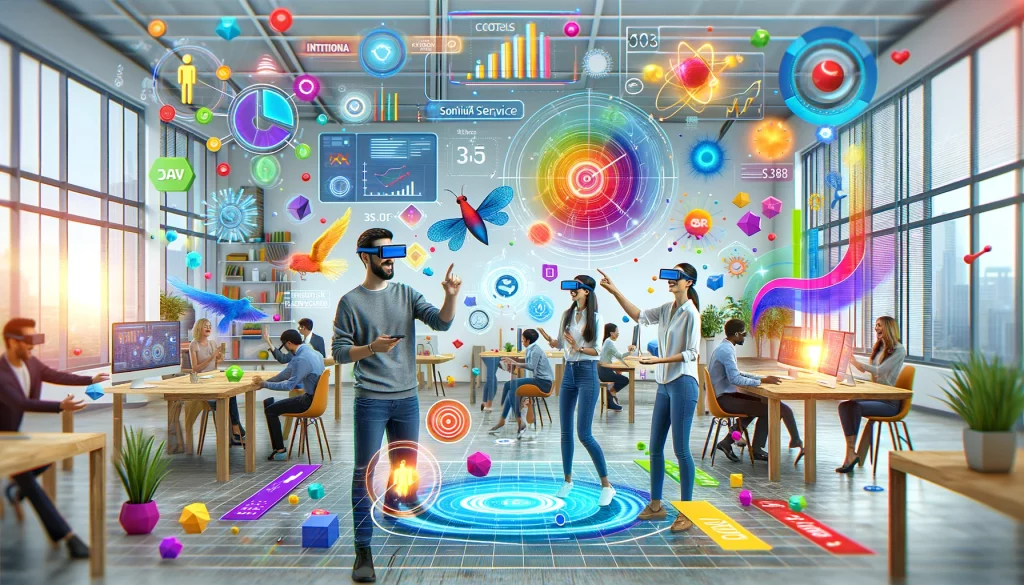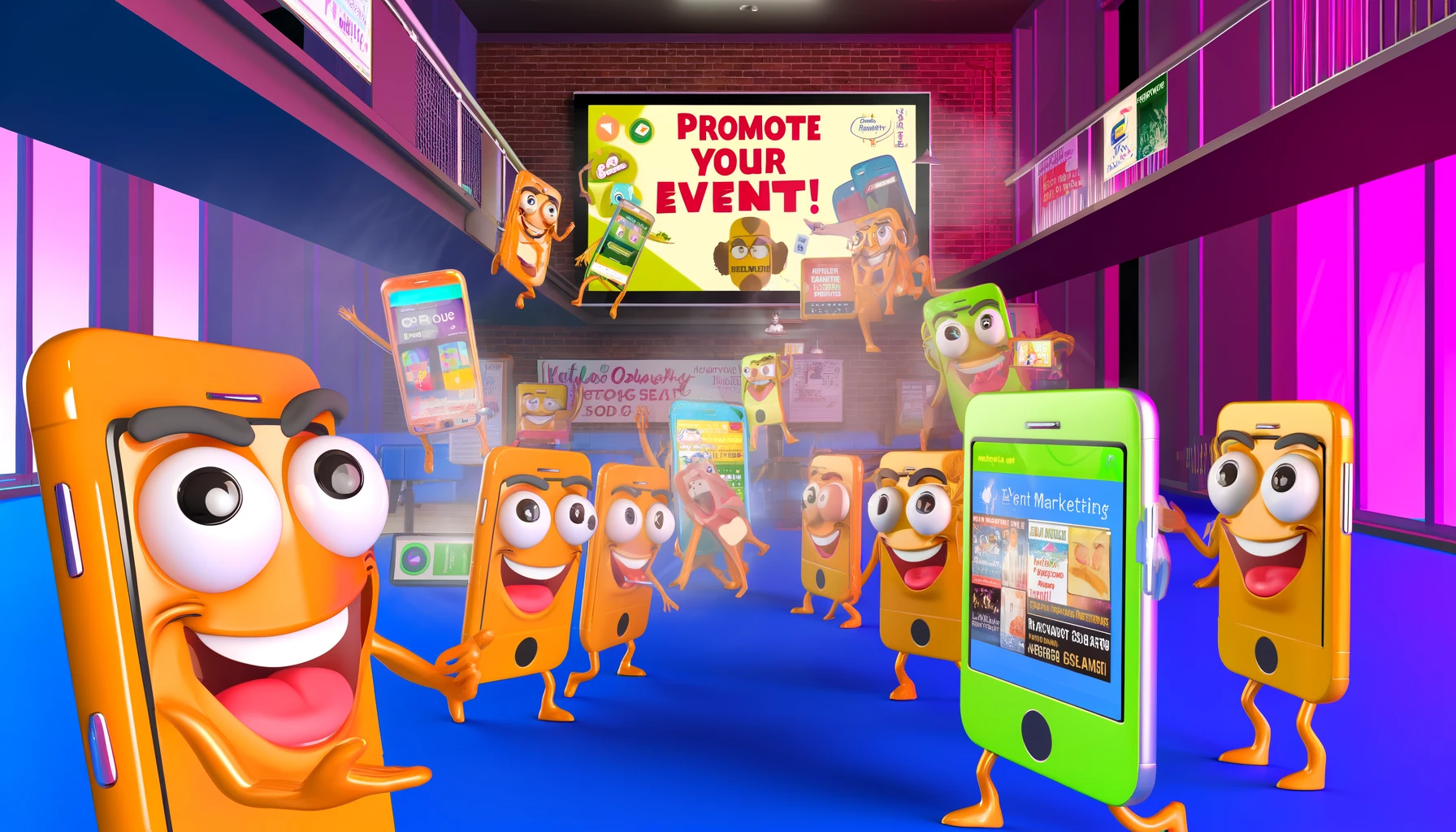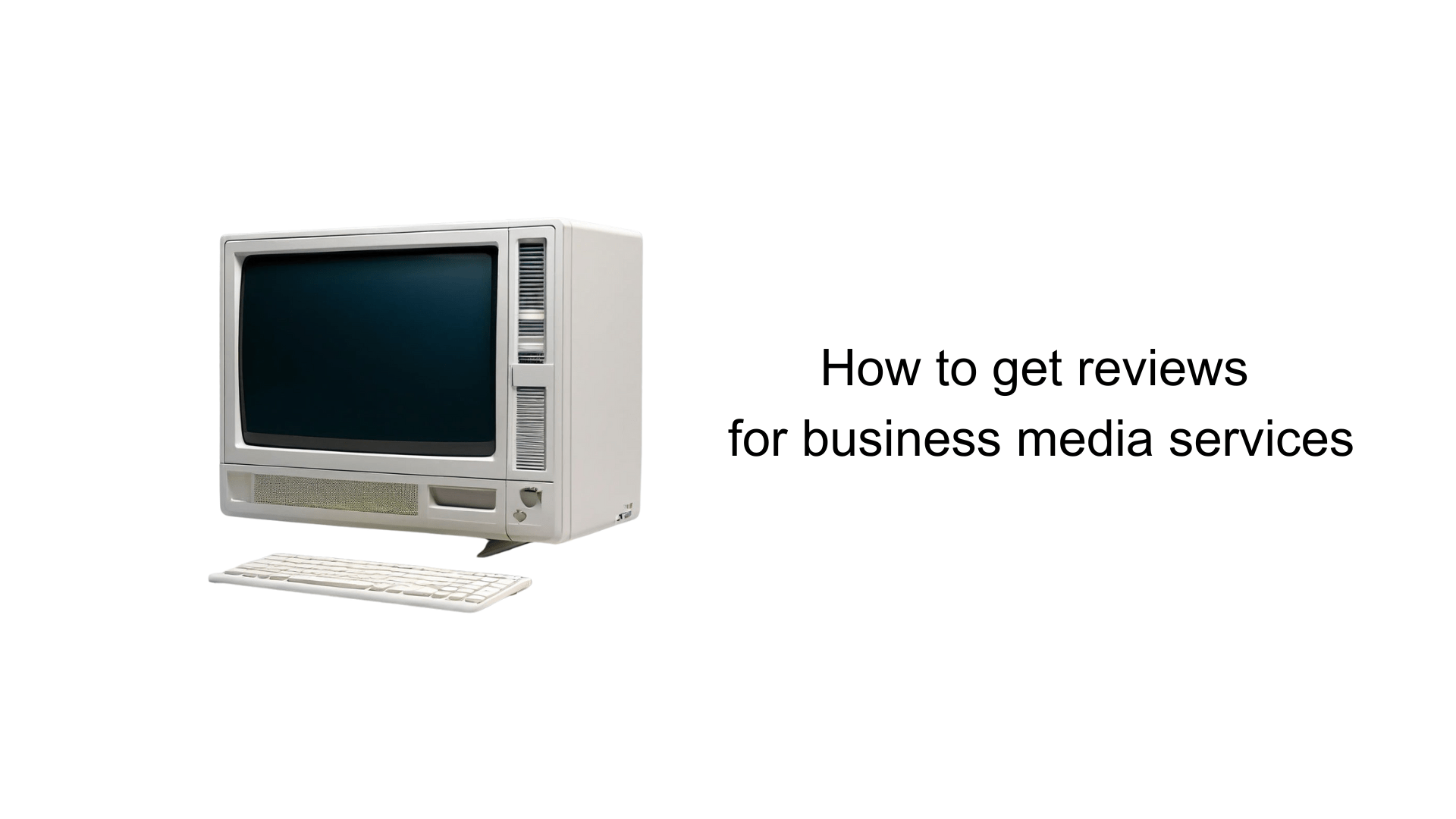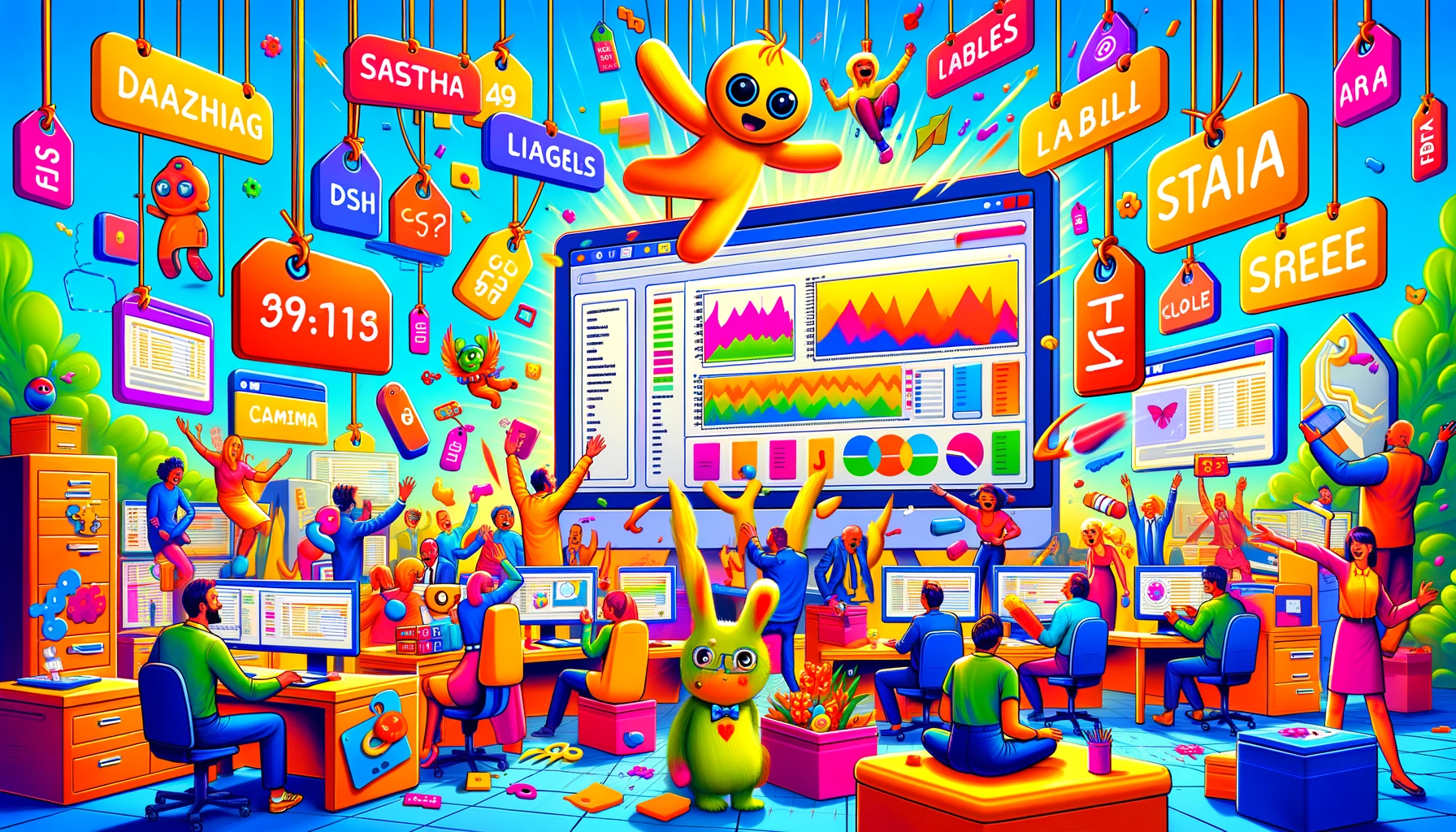Reviews for augmented reality (AR) visualization software services and analysis of user reviews about your competitors

There is no compare brands option. It would be great if they have that option
Real review to a real augmented reality (AR) visualization software service
The app could be more modern in regards to the style of the format. It reminds me of analog computers.
Plus, I have experienced inaccurate information being scanned, requiring you to check your scan or adjust errors, which takes away from remembering information to save.
Real review to a real augmented reality (AR) visualization software service
There isn’t anything I dislike per say as we would like to look into using this product but our current budget and plans to not include this but we will look at options for the future.
Real review to a real augmented reality (AR) visualization software service
Had difficulty registering as a user. The landscape mode is very straining to use.
The file size of samples was too large for download and hence time-consuming. There were no indications of the total file sizes before the download.
Real review to a real augmented reality (AR) visualization software service
Not the easiest to use on a mobile device compared to desktop, so certain industries may struggle to find usage out of it.
Real review to a real augmented reality (AR) visualization software service
The Augmented Reality (AR) Visualization Software market is a dynamic field, transforming how businesses present and interact with data and virtual objects. However, numerous customer reviews highlight significant mistakes made by competitors.
By understanding these pitfalls, your company can develop superior AR Visualization Software that not only avoids these errors but also exceeds customer expectations. Here’s an analysis of the most common complaints, with strategic recommendations for improvement.
Inaccurate tracking and alignment
What competitors get wrong: Customers frequently complain about inaccurate tracking and poor alignment of virtual objects in competitors’ AR visualization software. This can lead to a disjointed user experience and diminish the effectiveness of the AR application.
How to do it better: Invest in advanced tracking technologies and algorithms that ensure precise alignment of virtual objects with the real world. Regularly test and refine these algorithms to handle various environments and conditions.
While competitors might struggle with object drift and misalignment, ensure your software maintains consistent accuracy. Implement features like marker-based tracking or improved spatial mapping to provide a seamless AR experience.
Limited device compatibility
What competitors get wrong: A common issue is the limited compatibility of competitors’ AR visualization software with different devices. This restriction forces users to work with a narrow range of hardware, reducing the software’s usability and appeal.
How to do it better: Ensure your AR visualization software supports a wide range of devices, including smartphones, tablets, AR glasses, and headsets. Regularly update the software to include support for new and emerging AR hardware.
Competitors might only support specific AR headsets. By contrast, offer extensive compatibility, allowing users to deploy AR visualizations on a variety of devices, thus expanding the potential use cases and user base for your software.
Poor user interface and experience
What competitors get wrong: Many users report that competitors’ AR visualization software has a complicated and non-intuitive user interface. This complexity can hinder users from effectively utilizing the software, leading to frustration and decreased productivity.
How to do it better: Focus on user experience (UX) design to create a more intuitive, user-friendly interface. Conduct user testing to identify pain points and make iterative improvements.
Provide comprehensive onboarding and interactive tutorials to help users get started quickly.
While competitors might have cluttered interfaces with steep learning curves, your platform should offer a clean, streamlined interface with easy access to key features. Use drag-and-drop functionality and clear visual cues to enhance the user experience.
Insufficient data integration and visualization options
What competitors get wrong: Customers often feel restricted by the limited data integration and visualization options in competitors’ AR software. The inability to integrate various data sources and present them effectively can limit the software’s utility.
How to do it better: Develop robust APIs and data connectors to enable seamless integration with various data sources, such as databases, IoT devices, and cloud services. Provide diverse visualization options to cater to different user needs.
Competitors may only offer basic data integration and visualization features. By contrast, your software should support real-time data feeds, customizable dashboards, and advanced visualization techniques like heatmaps and 3D graphs.
High latency and performance issues
What competitors get wrong: Performance issues such as high latency, lag, and poor responsiveness are significant pain points mentioned in customer reviews of competitors’ AR visualization software. These problems can disrupt the user experience and reduce the software’s effectiveness.
How to do it better: Optimize the performance of your AR visualization software to ensure low latency and high responsiveness. Use efficient rendering techniques and optimize the software for different hardware specifications to maintain consistent performance.
Competitors might suffer from performance lags during complex visualizations. Your software should leverage advanced rendering techniques and optimization strategies to deliver smooth, real-time AR experiences, even with complex data sets.
Poor customer support and documentation
What competitors get wrong: Many customers express dissatisfaction with the level of customer support and documentation provided by competitors. Slow response times, unhelpful answers, and lack of comprehensive documentation can drive users away.
How to do it better: Develop a robust customer support system that includes multiple communication channels, such as live chat, email, and phone support. Offer 24/7 support to accommodate users in different time zones.
Provide detailed and regularly updated documentation, including tutorials and troubleshooting guides.
Competitors might have long response times and outdated documentation. By offering prompt, knowledgeable support and maintaining up-to-date documentation, you can significantly improve user satisfaction and retention.
Conclusion
In the competitive arena of AR visualization software services, avoiding these common mistakes can set your company apart and drive higher customer satisfaction.
By focusing on accurate tracking and alignment, ensuring broad device compatibility, optimizing user interface and experience, providing robust data integration and visualization options, enhancing performance, and delivering superior customer support, your AR visualization software can not only meet but exceed user expectations.
This strategic approach will position your service as the preferred choice in the market, driving growth and success.
Is this what you expect to see at the end of the article? No!
Oh, absolutely, in the cutthroat world of AR visualization software services, just avoid these incredibly obvious mistakes, and watch as your company effortlessly rises above the competition, driving customer satisfaction to unparalleled heights.
It’s as simple as that! Just focus on accurate tracking and alignment, ensuring broad device compatibility, optimizing user interface and experience, providing robust data integration and visualization options, enhancing performance, and delivering superior customer support.
Because, clearly, no one else has ever considered these brilliant strategies before.
Accurate tracking and alignment? Wow, ensuring your software actually works as intended—what a novel concept!
Broad device compatibility? Just make sure it runs on everything, because that’s a piece of cake.
Optimizing user interface and experience? Just make it look and feel nice, because who knew people cared about that?
Providing robust data integration and visualization options? Just throw in some fancy charts and graphs—what could possibly go wrong?
Enhancing performance? Because everyone loves software that takes ages to load and frequently crashes, so making it run smoothly is a revolutionary idea.
Superior customer support? Just be available around the clock to handhold through every minor issue—no problem at all.
By hitting all these magical points, your AR visualization software won’t just meet but will absolutely obliterate user expectations. Because aiming for the moon and promising the entire galaxy is always a foolproof strategy.
So, go ahead, revolutionize the AR visualization market and watch as your service becomes the top choice overnight. Best of luck on your effortless ascent to greatness!
Conclusions?
Don’t worry and turn to GINIX review management service. We will make reviews a reliable source of your business growth.
We’ll increase the number of reviews about your business on autopilot! You can order monitoring and analysis, handling of negative reviews, or the appearance of new reviews – either one or all together.
Have a great day!

 7 min
7 min 






